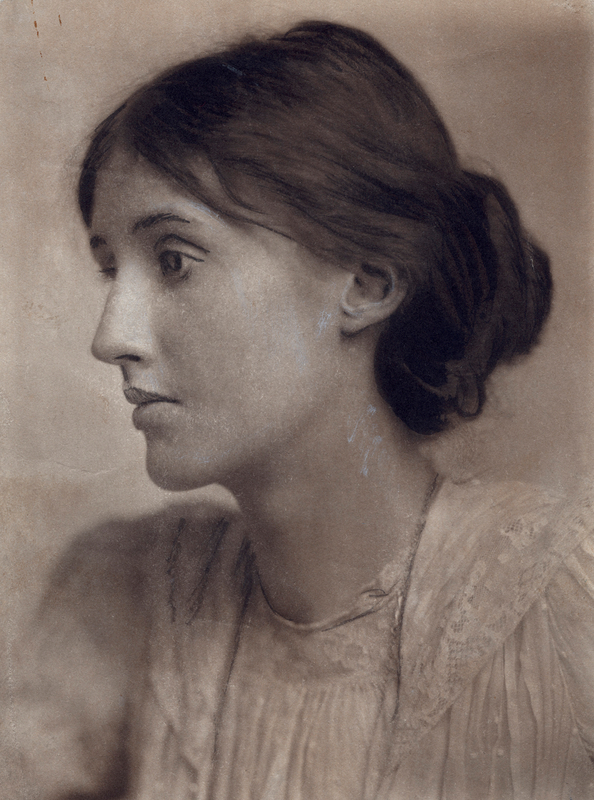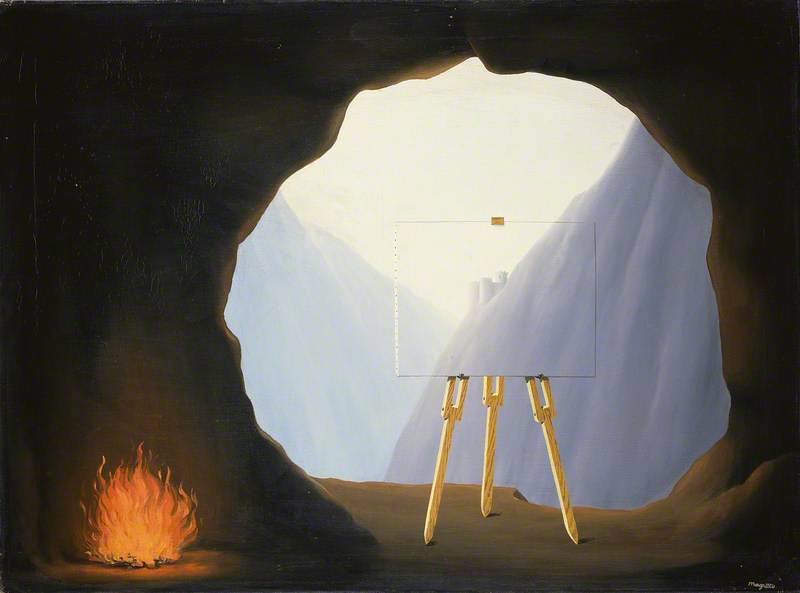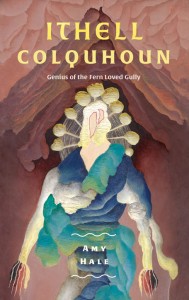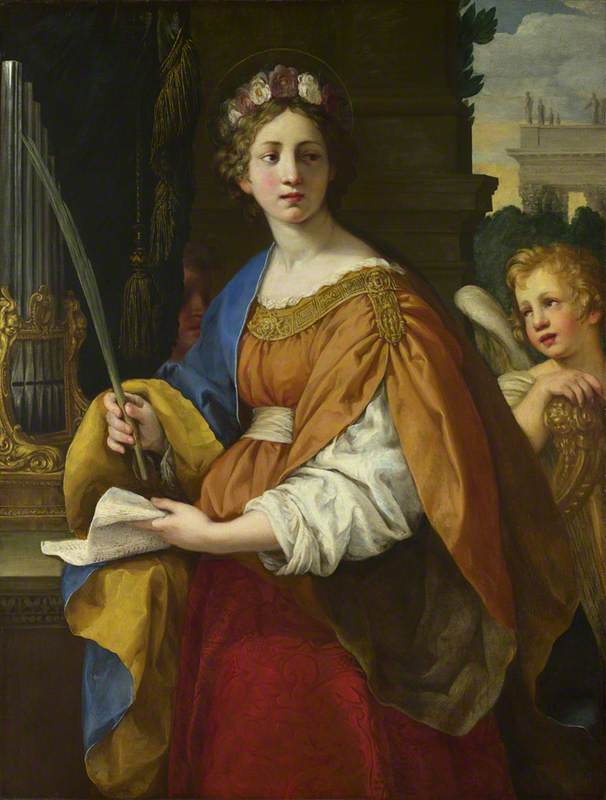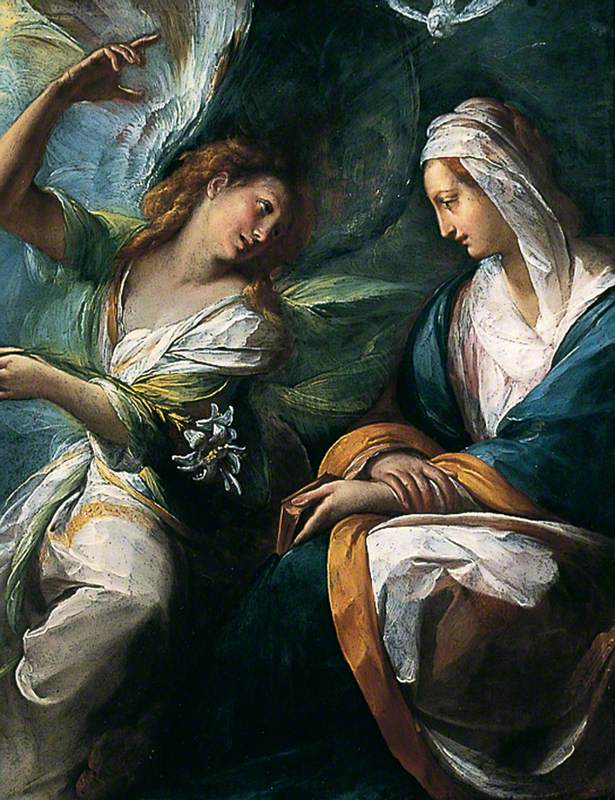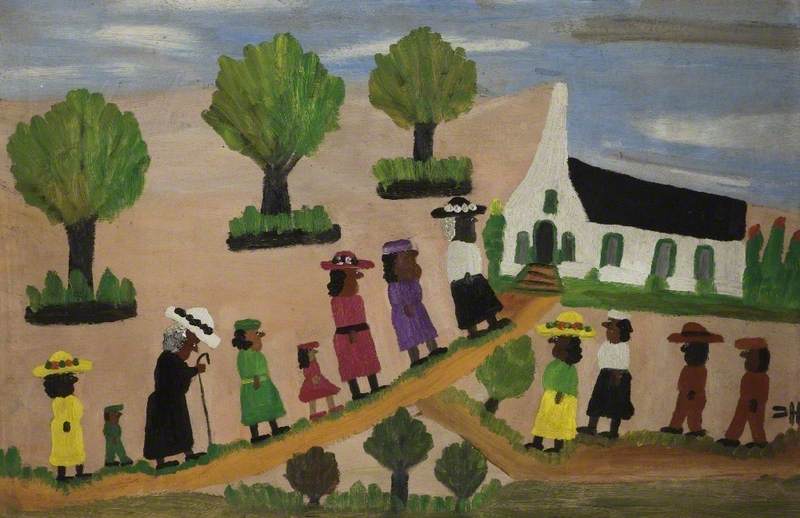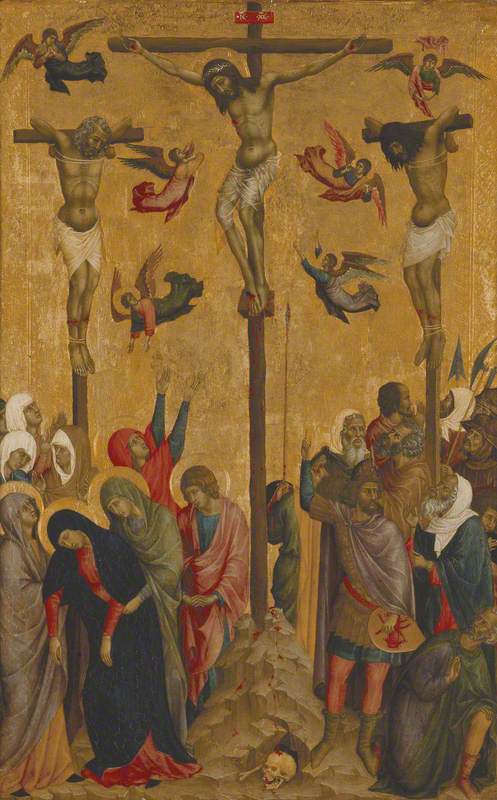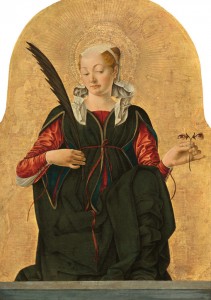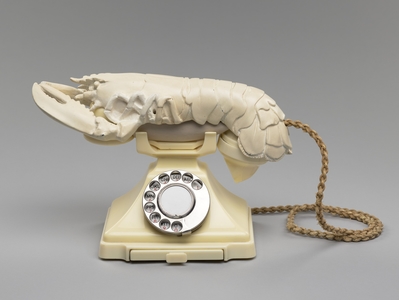For a working man my grandpa was unusual...
One Saturday in the late 1950s he takes me up to Fairfields in his Morris Minor convertible. We go through the huge gates and everything is large scale. A whole ocean liner casually waits to be slipped into the water. It is a place for giants; the massive cranes have four legs and each leg is the size of a tube train which ends as a foot which is a railway truck. There are two separate full size tracks for each pair of feet. We climb up on to one of the trucks and soon we are climbing hundreds of steps up the crane to meet the driver, one of grandpa’s friends. At the very top there is a wooden shed and from there you can see the whole of Glasgow from the Clyde and beyond to the hills. The men smoke and drink tea out of tin cans with wire handles and I have a lolly.
Afterwards he takes me to Kelvingrove to see the Salvador Dali crucifixion, Christ of St John of the Cross. There are plush red velvet drapes, a sense of luxury and occasion. Grandpa explains the picture and points out that the artist (as well as the viewer) is looking down on the head of Christ.
He explains Surrealism and the unexpected; how to give the viewer a shock. And he explains blasphemy.
In another room he shows me how to stand in front of the Impressionist pictures at the correct distance; too close and the colours and brushmarks are a messy blur, but further back and the picture comes into focus like magic. I am mesmerised and adjust my position in front of every picture (as well as a Rembrandt of an abattoir). Van Gogh’s first and only dealer was a Glaswegian, Alexander Reid, and there is a picture of him by the artist on the wall.
T. J. Honeyman was a medical doctor, art dealer and author and in 1939 was appointed curator of Kelvingrove Art Gallery. Honeyman caused a furore in Glasgow when he purchased the Dali crucifixion in 1952 for the outrageous and extravagant sum of £8,200 of hard earned taxpayers’ money. He was vilified for this foolishness, but having secured the copyright from the artist (with whom he became friends) the picture has paid for itself several times over and an offer of £80 million from the Spanish government was subsequently turned down.
A few years later it’s the early 1960s, I am 14 and I win the art prize at school and Miss Sloane the art teacher suggests to my mother that I go to the Saturday morning classes at Glasgow Art School – anything to get out of boxing. I have a tiny transistor and ‘Them’ are in the hit parade with ‘Here Comes the Night’.
The first thing I notice at the art school is a real table top complete with coffee cup stains and cigarette burns which has been put up on the wall as a painting. I am impressed and weirdly excited as I remember the Dali.
30 years later I meet a girl at a party in London, her name is Susie Honeyman and six weeks after that we are married in Edinburgh and it is several years into our marriage when she tells me that T. J. Honeyman was her great uncle.
Jock McFadyen, artist








